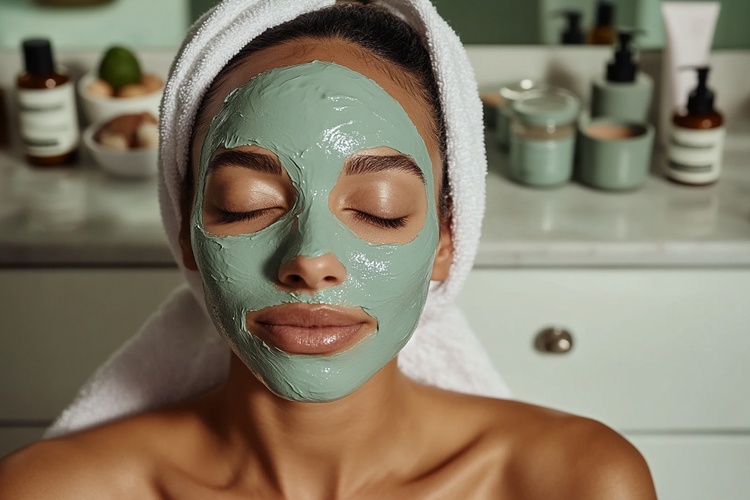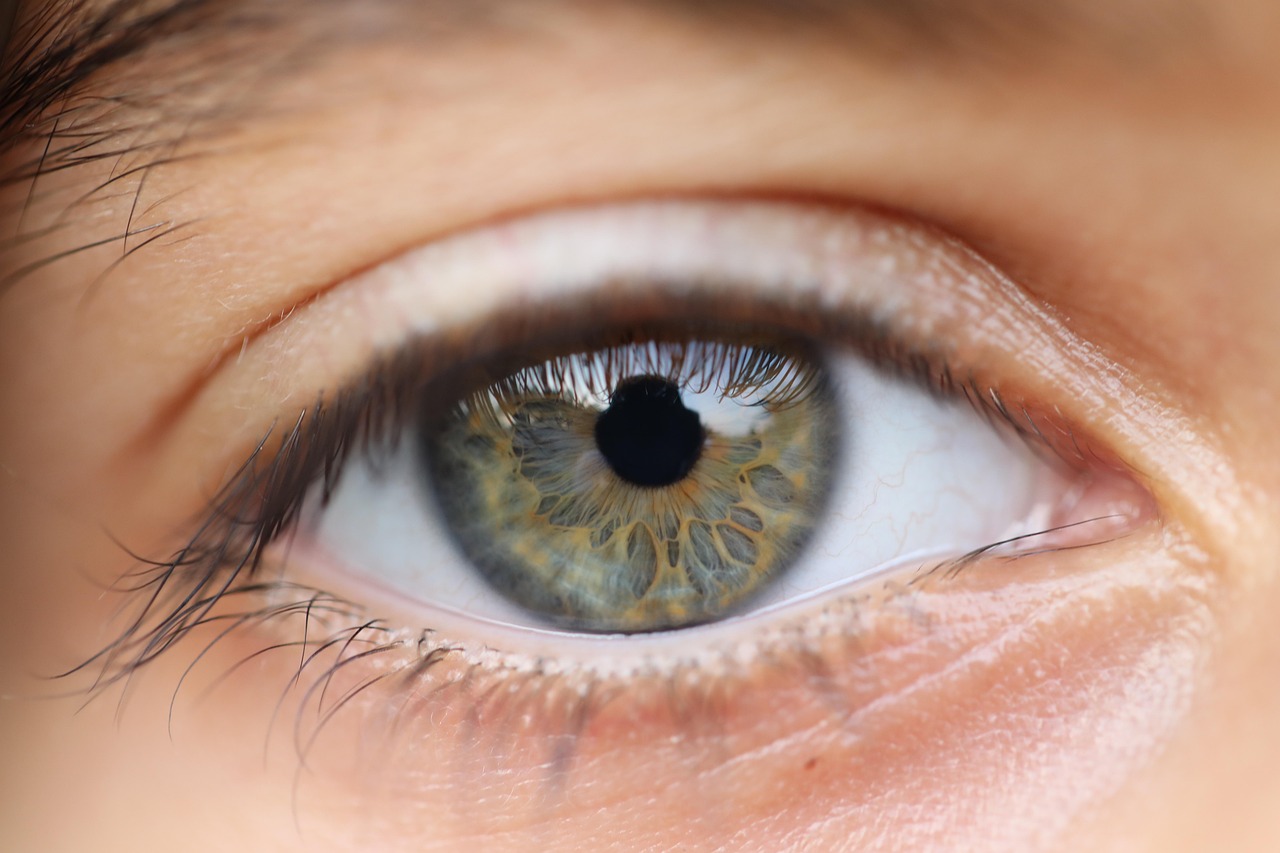Unveiling the Science Behind Eye Bags and Their Remedies
Our eyes are often referred to as the windows to our soul, and hence, they play a critical role in shaping our overall appearance and expressions. However, with age, stress, and a host of other factors, the area under our eyes may develop puffiness or bags, which can make one look tired or older. Understanding the science behind eye bags and exploring potential remedies can help in effectively managing this common skin concern.
Understanding Eye Bags: Causes and Mechanisms
Eye bags, also known as periorbital puffiness, are a natural part of aging. As we age, the tissues and muscles supporting our eyelids weaken, allowing fat to gather below the eyes, causing the area to appear puffy. Additionally, fluid can also accumulate in the space below your eyes, adding to the swelling.
Apart from aging, several other factors can lead to the development of bags under the eyes. These include lack of sleep, genetics, allergies, smoking, excessive alcohol consumption, and a high-salt diet that leads to fluid retention. Certain medical conditions like thyroid disease and kidney problems can also cause eye bags.
Historical Approaches to Eye Bag Treatment
Historically, a variety of remedies have been deployed in an attempt to treat eye bags. The use of cold compresses, cucumbers, tea bags, and even spoons chilled in the refrigerator have been passed down through generations. These treatments are based on the principle of vasoconstriction, where the cold temperature causes blood vessels to constrict, reducing inflammation and swelling.
In the realm of traditional Chinese medicine, facial massage techniques such as Gua Sha have been employed to improve circulation and lymphatic drainage in the face, thus reducing puffiness. Even in Ayurveda, the ancient Indian healing system, herbs like turmeric and sandalwood have been used to mitigate the appearance of eye bags.
Modern Dermatology and Cosmetic Procedures
Over time, with advancements in dermatology and cosmetic procedures, a range of professional treatments have emerged. These include laser resurfacing, chemical peels, and fillers, each designed to rejuvenate the under-eye area and reduce bagginess.
Perhaps the most definitive solution is a surgical procedure called blepharoplasty, which involves removing excess fat and skin from the under-eye area. This procedure, while invasive, offers a permanent solution to eye bags. However, it’s important to note that all these procedures carry potential risks, and consultation with a professional is crucial before proceeding.
Current Trends: Skincare Products and Lifestyle Changes
Today, the market is flooded with over-the-counter skincare products that promise to banish eye bags. These products often contain ingredients like caffeine, which constricts blood vessels, peptides that boost collagen production, and hyaluronic acid for hydration and plumpness.
In addition, there is a growing emphasis on lifestyle changes to prevent and reduce eye bags. Adequate sleep, a balanced diet low in salt, regular exercise, and reducing alcohol and tobacco consumption are increasingly recognized as effective strategies.
The Psychological Impact and Reception
Eye bags can impact more than just physical appearance; they can also affect individuals’ self-esteem and confidence. The high demand for treatments and products to address eye bags reflects this concern. However, it’s essential to remember that eye bags are a natural part of aging and not a medical concern.
Balance in Approach
In conclusion, eye bags are a common skin concern, resulting from a range of factors and having varied remedies. From traditional home remedies to modern skincare products and invasive procedures, the choice of treatment depends on the individual’s preference, severity of the condition, and tolerance for risk.
Although societal beauty standards may deem eye bags undesirable, it’s important to remember that they are a natural part of the human aging process. A balanced approach, focusing on overall eye health and well-being, rather than just aesthetics, would serve us best in managing this skin concern.





